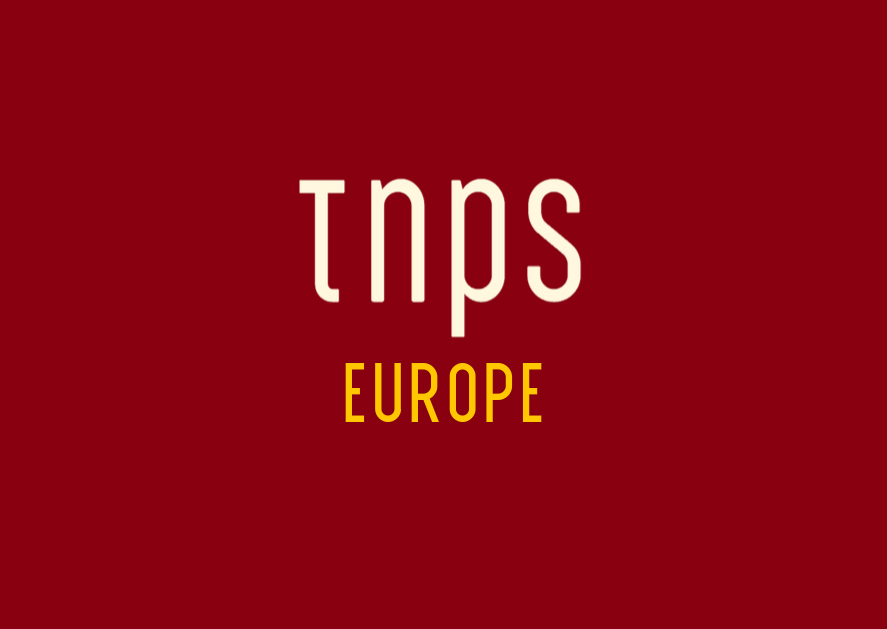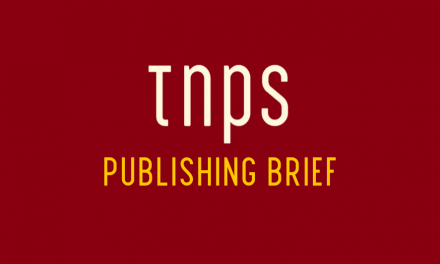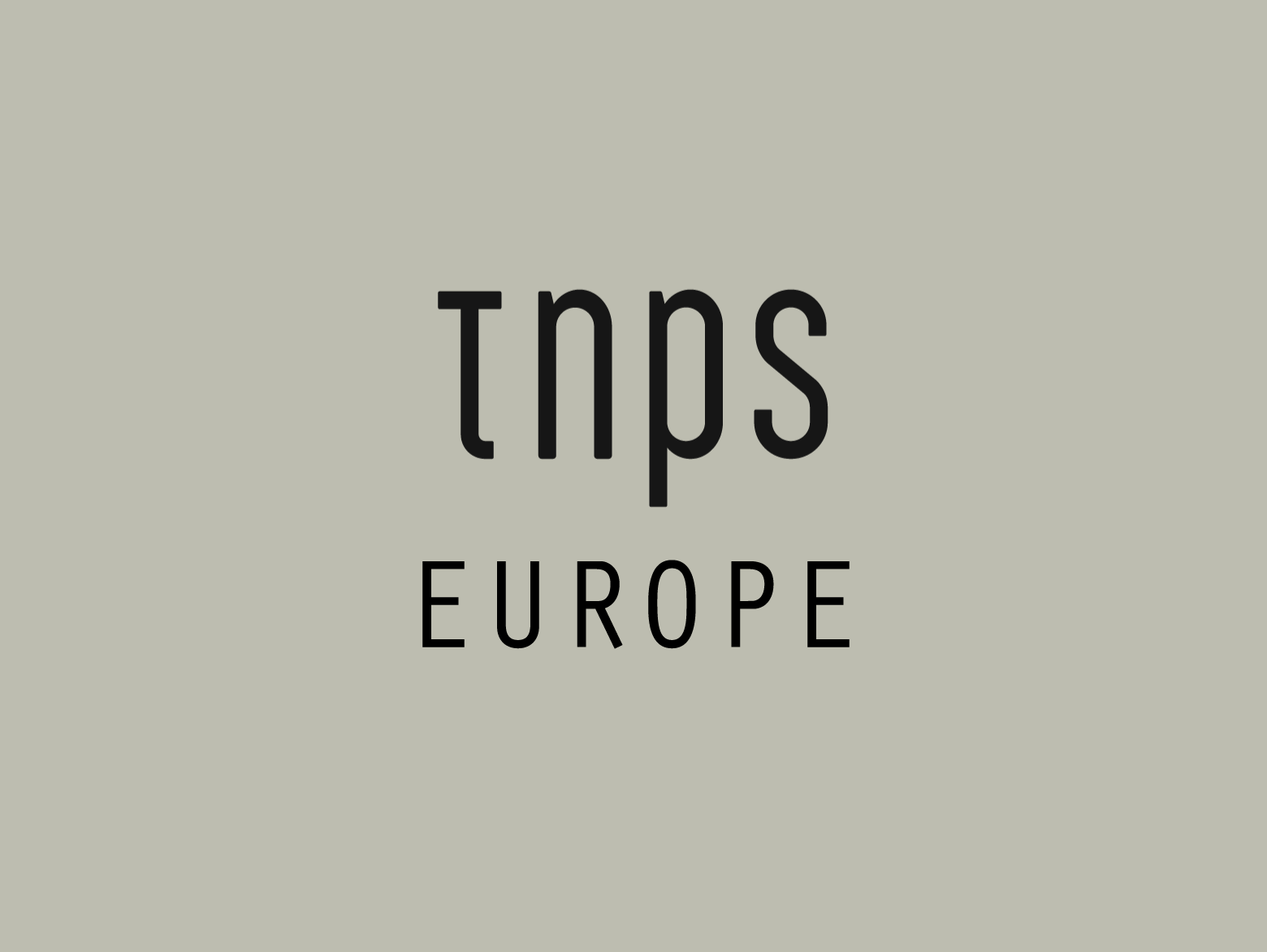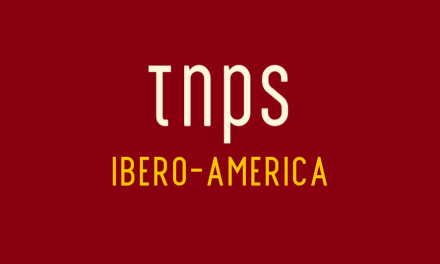Italy’s book market in 2018 was worth 3.17 billion euros ($3.5 billion), up 2.1% on 2017, which in turn had seen 4.5% growth.
The latest data includes an estimate of revenue from Amazon – although there are no details as to how that estimate might be derived beyond publisher-reported sales) or if that estimate includes ebook sales from the self-publishing sector, which traditionally go unremarked.
Most significantly, rights sales were up 9% on 2018. The Italian Publishers Association (AIE), reporting at Frankfurt, said that over the last fifteen years the average annual growth of the rights sold abroad was 19.9%, driven by publishing for children and young people, with youth-orientated titles making up 60% of exports.

Ricardo Franco Lev, AEI’s President, said these were,
extraordinary results, which we believe can be further improved.
Lev pointed to Italy’s future positions as Guest of Honour at Paris in 2021 and Frankfurt in 2023 as,
two occasions in which Italy, the guest of honor, will have enormous opportunities.
Lev has not always been so positive. On assuming the AEI presidency earlier this year he declared:
Reading, or, to be more precise, the lack of reading, is a national emergency.
Italy’s Culture Minister Anna Laura Orrico said the Italian government was,
committed to promoting reading and defining concrete measures that recognize publishing’s strategic role. We want to work on a new law for publishing that, on the model of the law on cinema, aids and supports the entire chain of the book, from publishers to distributors, to bookshops, to readers.”
At the Frankfurt Book Fair this year Italy is fielding 252 publishers and agents, with Spazio Italia bringing together 134 publishers in over 500 square meters of exhibition space.
The AIE report further tells us that,
The number of active publishing houses is growing – 4,972 publishers have published at least one
title during the year (+ 1.4% compared to 2017).
The number of published titles is increasing – In 2018 the Italian publishing houses published 78,875 titles, with POD mentioned, but not quantified.
The report states ebook production has declined, with 51,397 e-books published in 2018, down 17.2%, but does not tell us if ebook sales are up or down.
For those that do engage digitally the smartphone is the first choice for ebooks (up from 71% in 2017 to 65% in 2018) and audio (from 67% to 75%).
The AEI report further says that,
Among the five major European publishing markets,
Italy is the country with the lowest book reading index among the adult population (constituting) the main problem of growth of national publishing.
The report has further measures suggesting a low level of interest in attributing to much weight to these findings. Measuring reading buy minutes per day or hours per week tells us little in real terms.
What’s more significant, to the extent the results are accurate, is that,
reading in the younger age groups is therefore increasingly fragmented and interstitial. They prefer short stories or stories characterized by strong and easily recognizable characters, narrative rhythms fast and the image with respect to the written word.
That’s something we see reflected across national surveys, and something publishers must adapt to if they are to stay relevant.
That may have some publishing purists snorting in derision, but to them I would say, how many new books have you published lately written in the style of Dante or Broccaccio, or Shakespeare or Chaucer?
Reading styles change, and publishers need to embrace the changes, not resist them by giving readers only what publishers think they should read.
Source: Associazione Italiana Editori (AIE),





